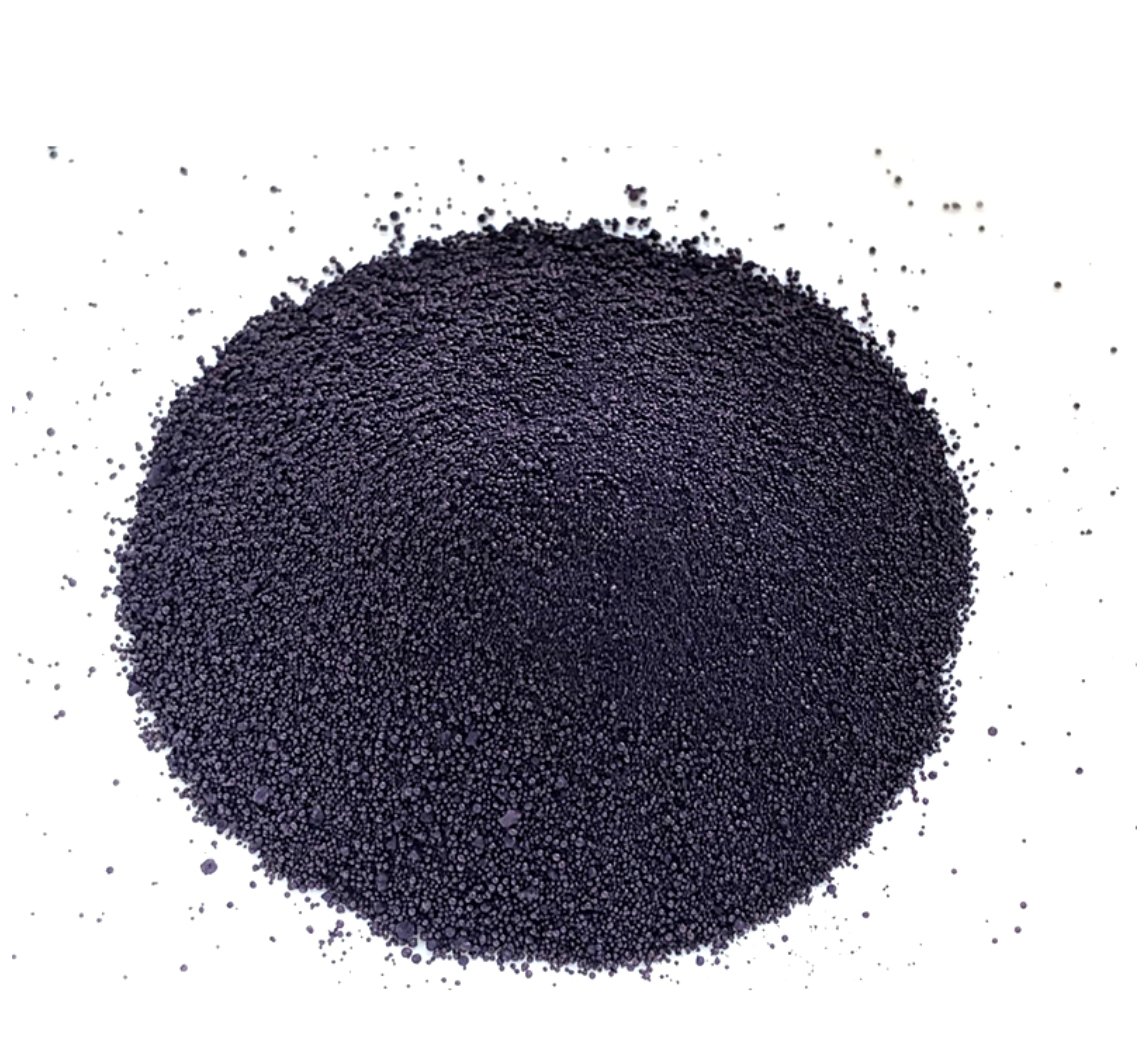Synthetic Dyes vs. Natural Dyes
What are clothing dyes made of? What is the difference between natural dyes and synthetic dyes? What clothing dyes are sustainable? It can be difficult to know how and what was used to dye fashion products, unlike food, there’s no ingredients or materials label attached to clothing and textiles. Take a look in your closet, around your home and even in your linen closet – most likely the fabrics have been colored by synthetic dyes. But what’s the difference between the two?
indigo blue vat blue
What are synthetic dyes?
Synthetic dyes are made from chemical compounds such as mercury, lead, chromium, copper, sodium chloride, toluene, or benzene. These are proven to be harmful to humans, especially those that work with them in production. They can also have a devastating impact on the environment – untreated dye that is dumped directly into waterways leads to water pollution. Plus, during the coloration process, a large percentage (10-15%) of dye used is released into the environment. When it gets into the water system of neighboring communities, it can pollute with toxic chemicals that can cause health problems, kill aquatic organisms and create concerns for surrounding farms.
DID YOU KNOW?
The first synthetic dye, mauveine (a purple hue) was accidentally created by William Henry Perkin in 1856.
What are natural dyes?
Natural dyes are colorants that are derived from plants, animals, fruits, insects, minerals, and other biological sources. They were initially popular in our history, but eventually synthetic dyes were favored due to their ease of use and color variability.

Mordants and Fixatives
The natural coloration process can involve mordants and fixatives.
Some natural dyes require a mordant to adhere the dye to the fiber to prevent it from washing right out or fading away too soon. The use of a mordant will depend on the dye materials, fiber being dyed, and the length of time it takes for the dye to set.
However, mordants are solutions that can contain dissolved metal oxides and since they are toxic, if not properly handled they can harm the dyer’s health. The good news is that the use of copper, iron, tin, and chrome mordants have decreased over the years due to increased environmental awareness and health consciousness. Plus, certain mordants that are derived from plant sources (including oak galls and acorns) can work just as well on fibers. Alum, one of the most popular mordants used in the natural dyeing process, is one of the safest options.
Plant-based textiles (cotton, linens, etc.) may also require a fixative to help set the dye. Common fixatives are luckily natural materials, including salt, tannins, vinegar, and baking soda.
| Advantages of natural dyes | Disadvantages of natural dyes |
|
|

Why are natural dyes sustainable
The fibers that make up our clothes as well as the detergent we use to wash them with are just as important as the dyes they are colored with. It’s no surprise that we’re big fans of going natural (plant-based, renewable resources that are also compostable and can return to earth as a resource): natural dyes, natural fabrics, natural detergents, natural elastics and more. Read more about…
- Why we love natural fabrics over synthetic textiles
- Our most sustainable tips to washing your clothing
- Why we love botanical dyes
And if you’re interested in trying out some natural dyeing projects at home, here’s some tutorials we recommend following:
- DIY Natural Fabric Dyes
- Dyeing with Berries
- Experimenting with Natural Dyes

We would love to see your naturally dyed creations! If you do plan on trying these fun activities, share with us on Instagram @wearkent.
-
Innovating Bromo Indigo Excellence
NewsAug.23,2025
-
Pioneering Indigo Plant Dye Excellence
NewsAug.23,2025
-
Leading Sulphur Black Dyes Enterprise
NewsAug.23,2025
-
Sulphur Black Dyes Light Resistance
NewsAug.23,2025
-
Indigo Blue Granular Industrial Uses
NewsAug.23,2025
-
Bromo Indigo Synthetic Production Process
NewsAug.23,2025
-
The Timeless Art of Denim Indigo Dye
NewsJul.01,2025

Sulphur Black
1.Name: sulphur black; Sulfur Black; Sulphur Black 1;
2.Structure formula:
3.Molecule formula: C6H4N2O5
4.CAS No.: 1326-82-5
5.HS code: 32041911
6.Product specification:Appearance:black phosphorus flakes; black liquid

Bromo Indigo; Vat Bromo-Indigo; C.I.Vat Blue 5
1.Name: Bromo indigo; Vat bromo-indigo; C.I.Vat blue 5;
2.Structure formula:
3.Molecule formula: C16H6Br4N2O2
4.CAS No.: 2475-31-2
5.HS code: 3204151000 6.Major usage and instruction: Be mainly used to dye cotton fabrics.

Indigo Blue Vat Blue
1.Name: indigo blue,vat blue 1,
2.Structure formula:
3.Molecule formula: C16H10N2O2
4.. CAS No.: 482-89-3
5.Molecule weight: 262.62
6.HS code: 3204151000
7.Major usage and instruction: Be mainly used to dye cotton fabrics.


